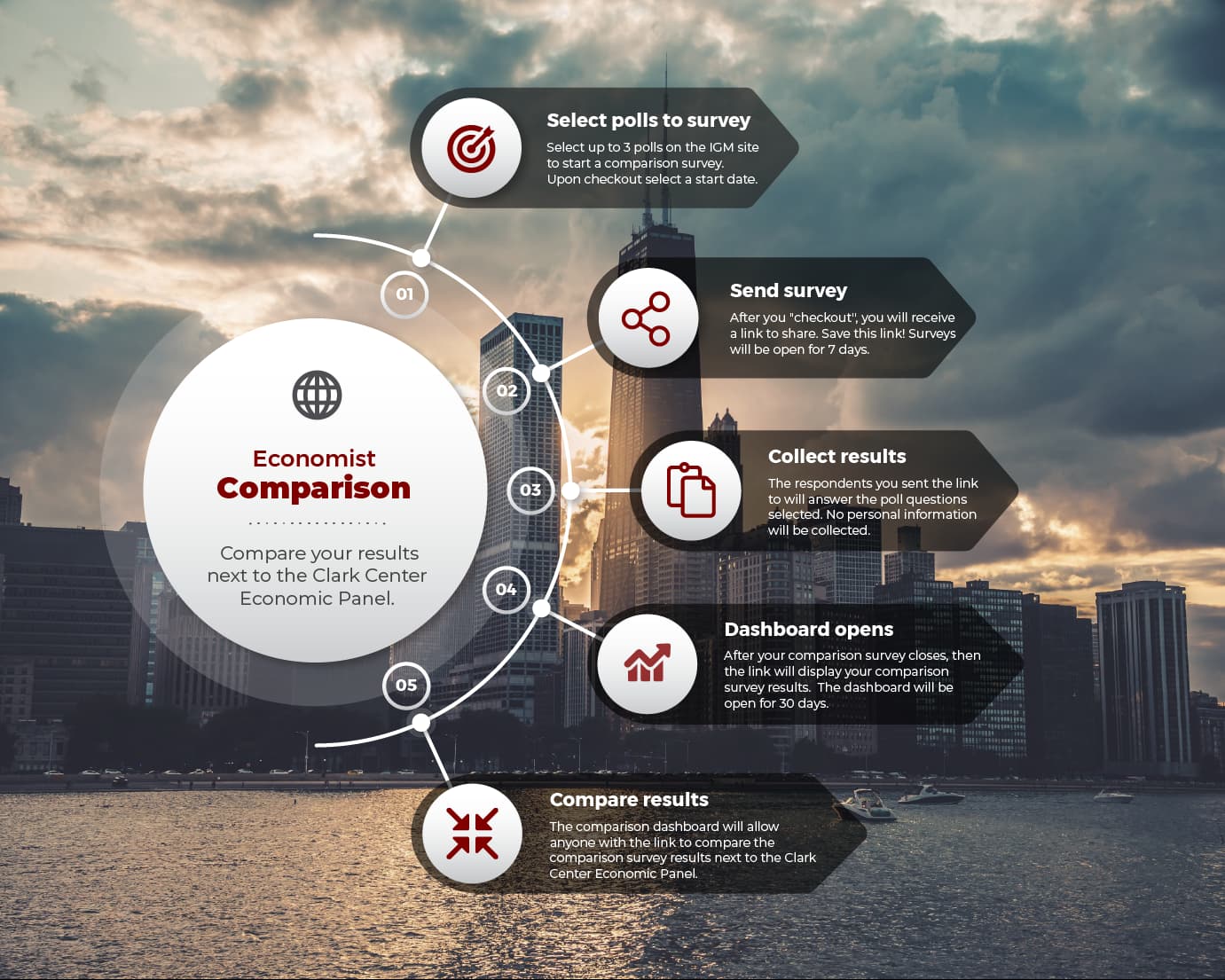Whilst the extent of dollar dominance in international reserves, trade, and finance has ticked down somewhat in recent years, it remains preeminent.
Last summer, a useful paper from Brookings set out the raw numbers. The United States represents around one-quarter of global GDP, but the dollar makes up almost 60% of global currency reserves. 64% of global debt is denominated in dollars. 58% of international payments (excluding those crossing borders within Europe’s common currency area) are transacted in dollars. 54% of global trade is invoiced in dollar terms.

Until recently, much thinking on the reserve status of the dollar emphasised the benefits it provided to the United States. Broadly put, the reserve role of the dollar, it is often assumed, has lowered borrowing costs for both the American government and American consumers and firms as well as boosting their purchasing power internationally. What is more, the global role of the dollar has increased the effectiveness of American financial sanctions on geopolitical rivals.
Not every economist is convinced. As Brookings noted last summer:
The dollar’s dominance also has costs to the U.S. With a dominant dollar, according to economist Michael Pettis of the Carnegie Endowment for International Peace, “the United States must let capital flow freely across its borders and absorb the savings and demand imbalances of other countries—that is, it must run deficits to offset the others’ surpluses and allow them to convert their excess production and savings into U.S. assets by purchasing real estate, factories, stocks, or bonds.” These economic imbalances could increase American indebtedness, as excess savings flow to safe U.S. assets from abroad. Foreign demand for the dollar can also put upward pressure on the dollar’s exchange rate even at a time when economic conditions would otherwise be pushing the dollar’s exchange rate down.
Perhaps some thinkers around the Trump administration agree?
In recent weeks, there has been increased speculation amongst investors and commentators that the administration’s often seemingly chaotic international macro policy making is working towards what has been dubbed the Mar-a-Lago Accord. The idea, inspired by the Plaza Accord, would be for the United States to strike a deal with its major trading partners to weaken the value of the dollar and boost US competitiveness.
One needs to be careful here. Asset managers, like columnists, like to have a solid narrative to help understand the world. The cynical view is that the Miran paper is best seen as a form of job application rather than as a detailed guide to the new administration’s policy.
The paper sets out a mechanism to lower the value of the dollar whilst maintaining some of the benefits of its predominant position. Martin Wolf, writing in the Financial Times, explained it as follows:
The way to do so, suggests Miran, is to turn short-term borrowing into ultra-long-term borrowing, by “persuading” foreign holders to switch their holdings into perpetual dollar bonds. This would allow the US greater room to pursue its desired combination of loose fiscal and loose monetary policy.
The Miran paper – which advocates restructuring the US debt held by major foreign governments – may be being overanalyzed in a desperate search to find a pattern amongst the chaos. But given the attention it is receiving, it is worth thinking through whether the approach would work.
This week, the Clark Center’s Finance Experts Panel did just that.
The results of the first two questions were unsurprising. Weighted by confidence, 86% of respondents either strongly agreed or agreed that the dollar’s reserve status raised its value, whilst 84% either agreed or strongly agreed that policy interventions designed to discourage foreign central banks from holding dollars would substantially diminish that reserve status.
But on the question of the impact of diminishing reserve status, things were less clear cut. Asked whether “US-led policy interventions that led to a sustained weakening in the dollar would substantially damage the US government’s ability to finance its deficits”, 64% of respondents (again weighted by confidence) either agreed or strongly agreed, but 29% were uncertain.
In other words, the strong view of the experts was that the dollar’s reserve status has boosted its value. The panel also are reasonably sure that policy could, if it desired to, substantially weaken that status. But, although the consequences are less certain, the balance of probabilities suggests that such an action would make funding the government’s deficits trickier in the future.
Your columnist wrote a book on British economic history over the longer term. The lesson of Sterling’s long history is that being a global reserve asset does indeed pose some costs on an economy but that those are more than outweighed by the benefits. It’s easy to focus on the current costs, but if reserve status were to be lost, it would be the now-ended benefits that really grabbed attention.

